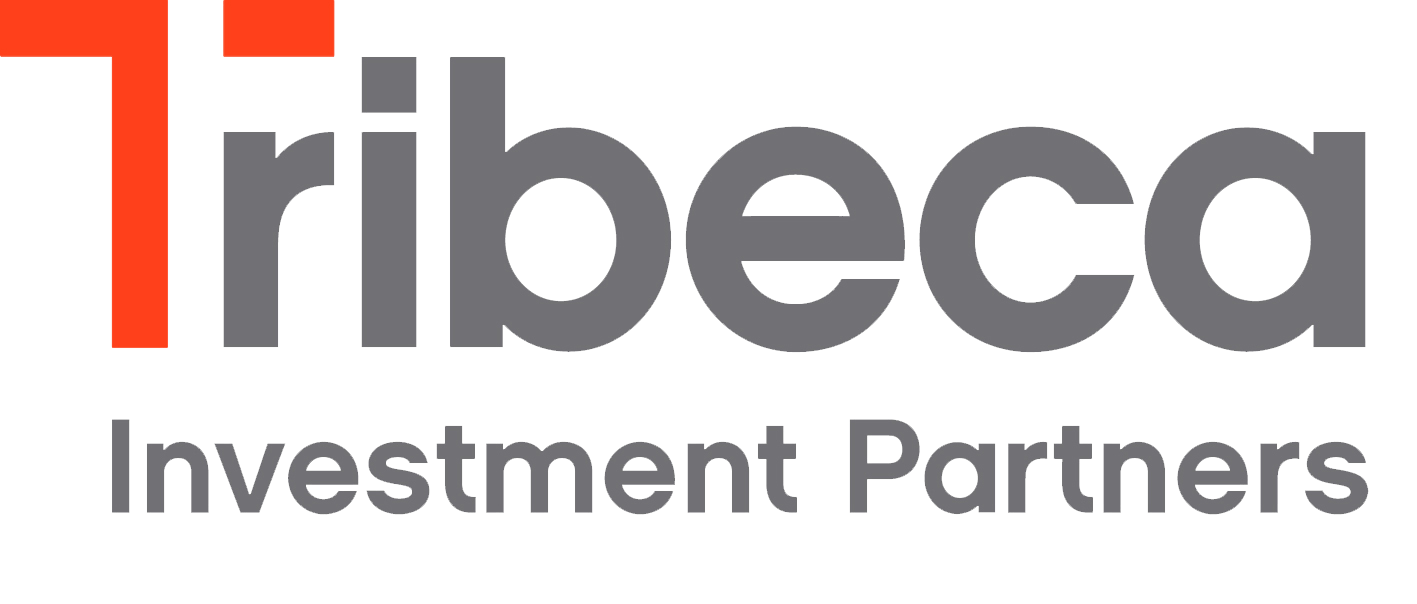
Tribeca Investment Partners
Founded in 1998, Tribeca Investment Partners is an boutique asset manager with offices in Sydney and Singapore and A$1.7bn in funds under management. Tribeca has a long history of managing portfolios on behalf of a range of institutional clients including superannuation funds, foundations, endowments, family offices and high net worth investors. Tribeca blends rigorous bottom-up investment analysis and insight with top-down macro and market views across a range of strategies and asset classes including Australian equities, global natural resources, and public and private credit. Tribeca is wholly-owned by its senior staff who share in the long term profitability of the firm, aligning investment performance with the success of the firm’s clients.
For more information please visit www.tribecaip.com or send an email to Investors@tribecaip.com.au
General advice and information only
This information may constitute general advice. It has been prepared without taking account of an investor’s objectives, financial situation or needs and because of that an investor should, before acting on the advice, consider the appropriateness of the advice having regard to their personal objectives, financial situation and needs.
PRESS RELEASE
30 June 2021 - Tribeca Investment Partners Appoints Former Citigroup Head of Equities as Chief Executive Officer
Australian fund manager Tribeca Investment Partners has appointed Adam Lavis as its new Chief Executive Officer. Lavis joins Tribeca having had an extensive 20-year career on both the buy and sell sides in Sydney, London and Hong Kong. Most recently, Adam was the Head of Equities for Citibank in Australia and New Zealand where he was responsible for all facets of the equities business across trading, sales, risk and compliance.
Lavis, who is based in Sydney will be responsible for day-to-day management and setting strategic direction for the firm. His appointment will enable Tribeca’s Founder and major shareholders David Aylward to focus on Tribeca’s long-running smaller companies strategy and Singapore-based Ben Cleary to focus on management of the firm’s global natural resources business.
Click here for more information
26 May 2021 - Tribeca Investment Partners Taps Former UBS, Goldman Sachs JBWere and Bell Potter Executive, Fredrik Blencke to launch offering for UHNW Clients.
Australian fund manager Tribeca Investment Partners will partner with former Bell Potter executive Fredrik Blencke to launch Tribeca Private, a new private wealth advisory group focused on offering bespoke services to an exclusive group of ultra-high net wealth and family office clients.
Blencke has over 20 years of global financial experience starting his career with Lloyd’s of London before transitioning to wealth advisory roles in Sydney with UBS, then joining Goldman Sachs JBWere. In 2012, he moved to Bell Potter Securities, where, as a Senior Private Client Advisor, he worked exclusively with a small group of UHNW clients located in Australia and overseas. According to Blencke, Tribeca has plans to make several new appointments in research and client service roles with longer term plans to make key hires in Sydney, Melbourne and Singapore.
Click here for more information
Tribeca Special Opportunities Fund
Small Cap Veteran Has Eye for the Prize by Rhett Whyman
Tribeca Special Opportunities Fund Presentation
Tribeca Special Opportunities Fund August Newsletter
Should you have interest in arranging a call to discuss the strategy in further detail or adding to your current investment, please contact Tribeca Investor Relations.
18 Jan 2022
18 Jan 2022 - Jun Bei Liu, lead portfolio manager for Tribeca Investment Partners' Alpha Plus Fund, talks about the key issues investors will face in 2022.
18 May 2021
18 May 2021 - Jun Bei Liu, Portfolio Manager of Tribeca's Alpha Plus Fund, discusses factors behind the equity bull market, and also downside risks.
19 Mar 2021
19 Mar 2021 - Tribeca Nuclear Energy Opportunities Fund Portfolio Manager Guy Keller discusses the background to the fund and its investment approach, its performance over 2020, and the outlook for the nuclear sector.
12 Nov 2020
12 Nov 2020 - Tribeca Investment Partners CEO & Managing Director David Aylward & Tribeca Australian Smaller Companies Fund, Portfolio Manager & Investment Analyst, Simon Brown introduce the fund, their investment process and talk about the importance of smaller companies in a well-balanced portfolio.
7 Aug 2020
07 Aug 2020 - Tribeca Alpha Plus Fund Portfolio Manager Jun Bei Liu talks about the fund's unique investment process, which combines decades of fundamental insight with quantitative rigour, current market conditions and performance.
15 Jun 2020
15 Jun 2020 - Tribeca Special Opportunities Fund Portfolio Manager Karen Towle talks about the fund's skew to microcap stocks, valuations, and growth prospects.
1 May 2020
01 May 2020 - Tribeca Investment Partners, Portfolio Manager, Ben Cleary, discusses opportunities within the natural resources sector brought about by the recent market volatility.